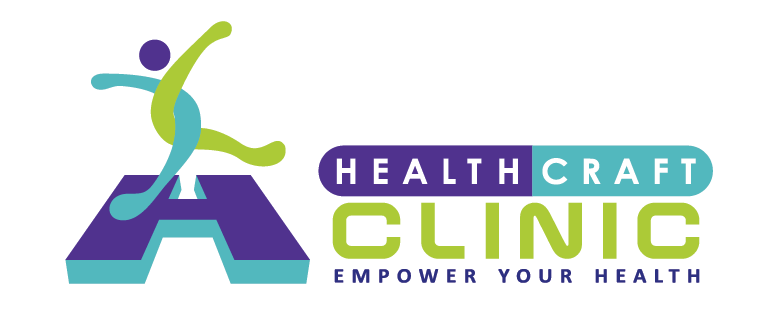Manual Osteopathy
Holistic hands-on treatment that addresses the root cause of your pain and dysfunction. Our manual osteopaths restore balance to your body's structure and function.
What is Manual Osteopathy?
Manual osteopathy is a holistic healthcare approach that focuses on the relationship between the body's structure and function. Our osteopaths use skilled manual techniques to diagnose, treat, and prevent health problems.
The philosophy of osteopathy is based on the principle that the body has an innate ability to heal itself when proper alignment and mobility are restored. We treat the person as a whole, not just the symptoms.
Whole-body approach to healing
Non-invasive, drug-free treatment
Addresses root causes, not just symptoms
Our Treatment Techniques
Our manual osteopaths use a variety of gentle, hands-on techniques to restore optimal function and promote healing.
Soft Tissue Techniques
Gentle manipulation of muscles, fascia, and other soft tissues to reduce tension, improve circulation, and promote healing.
Joint Mobilization
Precise movements to restore normal joint mechanics, improve range of motion, and reduce pain and stiffness.
Craniosacral Therapy
Gentle techniques focusing on the craniosacral system to release restrictions and enhance the body's natural healing processes.
Visceral Manipulation
Specialized techniques to address restrictions in the internal organs and their surrounding tissues for improved function.
Myofascial Release
Targeted pressure and stretching techniques to release fascial restrictions and restore normal tissue function.
Strain-Counterstrain
Gentle positioning techniques that allow tight muscles and tissues to relax and return to normal function.
Conditions We Treat
Manual osteopathy can effectively address a wide range of musculoskeletal and related health conditions.
Back & Spine
- Lower back pain
- Upper back tension
- Disc problems
- Sciatica
- Spinal restrictions
Neck & Head
- Neck pain & stiffness
- Headaches & migraines
- TMJ disorders
- Whiplash injuries
- Cervical dysfunction
Extremities
- Shoulder impingement
- Elbow & wrist pain
- Hip dysfunction
- Knee & ankle issues
- Joint restrictions
Other Conditions
- Chronic pain
- Postural problems
- Sports injuries
- Digestive issues
- Stress-related tension
Your Treatment Journey
Our comprehensive approach ensures you receive personalized care tailored to your specific needs and health goals.
Initial Assessment
Comprehensive health history, physical examination, and movement analysis to identify the root cause of your condition.
Treatment Plan
Development of a personalized treatment plan based on your specific condition, goals, and lifestyle needs.
Hands-on Treatment
Gentle manual techniques applied to restore proper function, reduce pain, and promote natural healing.
Ongoing Care
Regular progress monitoring, treatment adjustments, and preventive strategies to maintain optimal health.
Experience Holistic Healing
Discover how manual osteopathy can help restore your body's natural balance and promote lasting healing. Book your assessment today.
